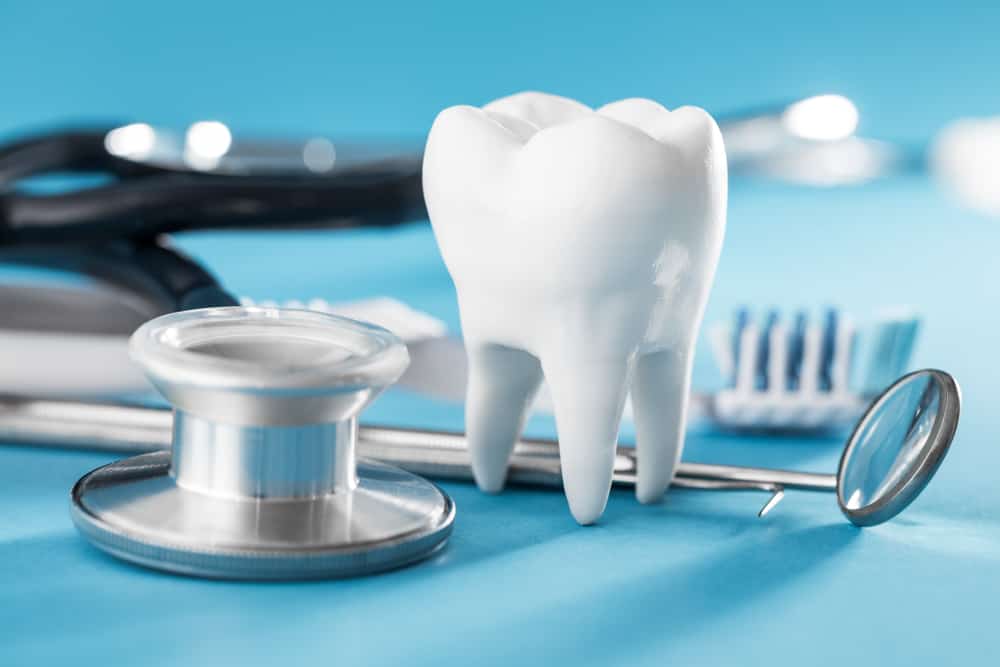
How can I find the right dentist for me and my family?
You may want to visit with several dentists before choosing one to handle your family’s dental care. Consider factors such as how easy it is to schedule an appointment, the cleanliness and organization of the office, the friendliness of the staff and the dentist’s communication skills.
Ultimately it may come down to a gut feeling or the feeling that you “click” with a particular dentist. To schedule a consultation with Dr. Milner, please call 949-859-8899 today.
How often do I need to visit the dentist for exams and cleanings?
Most people should visit the dentist at least twice a year for exams and professional cleanings. If you are at increased risk for dental disease for certain reasons – i.e., you are pregnant or have diabetes or existing gum disease – you need more frequent visits.
What are the basics of a cleaning and exam at Dr. Milner’s practice?
Dental hygienists use special instruments and techniques to clean every tooth, the areas between the teeth and along the gumline. Dr. Milner will examine your entire mouth for signs of cavities, gum disease, oral cancer and other problems. X-rays may be taken to look at the structures that the naked eye can’t see. Dr. Milner will explain any oral health issues and lay out possible treatment options.
How do I know if I have gum disease?
Gum disease can cause red, swollen or tender gums, other pain in the mouth, bleeding gums when brushing or flossing, bad breath and pus between the gums and teeth. It can also cause the gums to recede or pull away from the teeth. In some cases, gum disease can be asymptomatic.
What happens during my first visit?
Your first visit to the office starts with all the necessary paperwork being filled out and recorded. Next, a thorough review of your medical history is performed. During this time any special requirements or requests are addressed. Finally, a complete exam consisting of a soft tissue evaluation, hard tissues (teeth), bite analysis, and oral cancer screening is performed. Once all the information is recorded, an individualized treatment plan is formulated for you to keep your dental health in its optimum state.
I’ve heard that mercury is used in dental amalgam (silver) fillings. Can this hurt me?
Although no scientific data has shown that silver fillings are harmful, Dr. Milner’s office places no silver fillings in teeth. We believe that the newer composite (white) fillings are not only mercury free, but healthier and stronger for the tooth. They look a whole lot better too!
How do I fix bad breath?
Bad breath (halitosis) may be caused by many factors, the most common of which are dietary predilections and inadequate oral hygiene. If dietary adjustments do not resolve the issue, one would first consider a visit to the dentist, improved oral hygiene, and gastrointestinal or systemic disorders, such as diabetes.
Poor oral hygiene, advanced tooth decay or periodontal disease may result in bad breath that may range from offensive to fetid. For many, bad breath is caused by the accumulation of bacteria lodging in the ridges of the tongue. Incorporating a small plastic rake (tongue scraper) into a regular oral hygiene program will prove a godsend to those who experience the problem.
A germicide mouth rinse, containing chlorine dioxide, may be beneficial.
Poor dental hygiene may result in acute necrotizing ulcerative gingivitis (ANUG). Once called trench mouth, the condition is fairly uncommon in advanced countries, but may develop in teenagers and young adults. Though not contagious, it can and should be treated.
What if I’m self-conscious about discolored or crooked teeth?
Perhaps no aspect of dental care has been so far advanced in the past decade as cosmetic dentistry. With the introduction of adhesive restoration treatment and conservative tooth reduction techniques, cosmetically appealing restorations are often routine and less invasive.
Teeth whitening (dental bleaching) has become a popular and successful approach in the management of extrinsic stains on enamel. It does not affect previously placed restorations.
Porcelain veneers have taken the place of bonding in most instances, and may offer a dynamic alternative to crowns (caps). The technique is often indicated for managing crooked or extensively discolored teeth, sometimes instead of adult orthodontics.
Will my tooth-colored fillings be noticeable?
No. As the name suggests, the filling material is color-matched to the natural tooth structure for a seamless finish. You will not be able to tell the difference between the filling material and your natural tooth.
How can I take care of my dental filling?
Tooth-colored fillings do not require any special care or upkeep. Your teeth can be brushed and flossed normally, and should be checked at least twice a year by Dr. Milner for any potential problems.
Over time, fillings will degrade with natural wear and tear. Eventually they will need to be replaced.
How can I avoid getting cavities in the future?
Practicing great at-home hygiene is essential to cavity prevention. To reduce your risk of cavities, brush at least twice a day and floss once a day.
You should also see Dr. Milner at least twice a year for check-ups and professional cleanings. He may recommend fluoride treatments to strengthen tooth enamel and prevent cavities.
Are there other uses for tooth-colored filling material?
Yes. The resin material used to create tooth-colored fillings can be used to fix other flaws, such as tooth discoloration, small chips or cracks, eroded enamel or small gaps in between the front teeth. The resin is applied directly to the tooth and sculpted as needed.
Some people prefer this process (known as dental bonding) to other solutions like veneers because it does not require the removal of any natural tooth structure, and it can be completed quickly in a single appointment.




